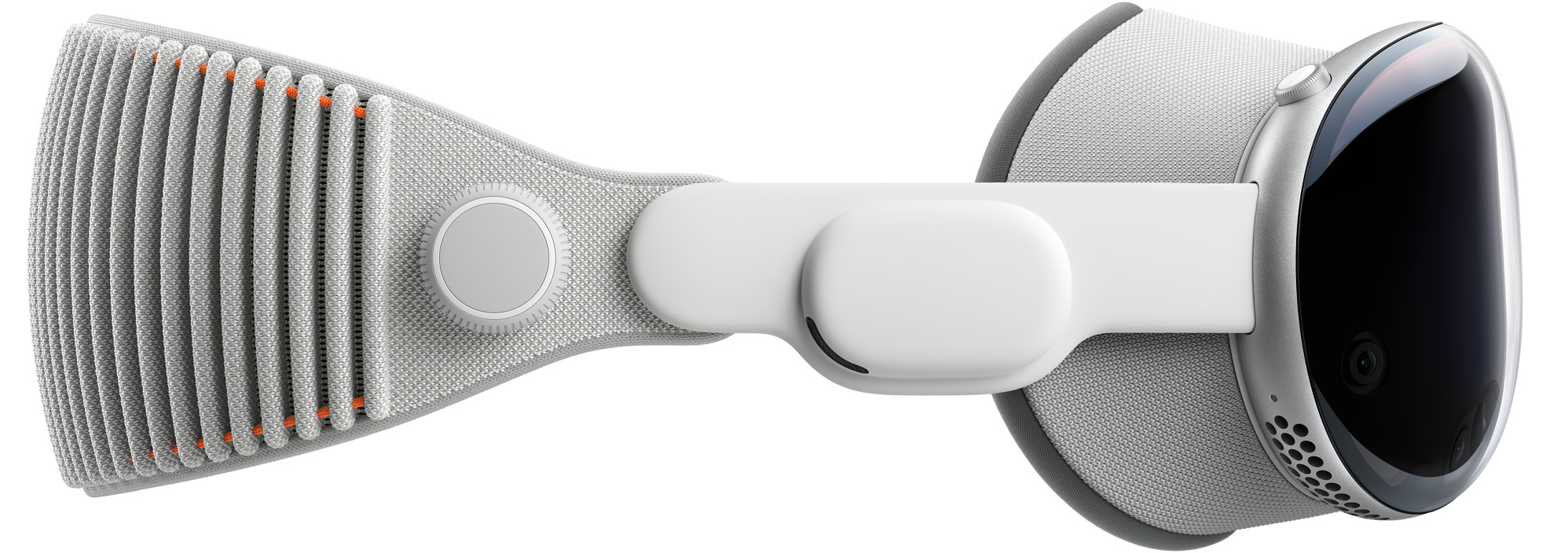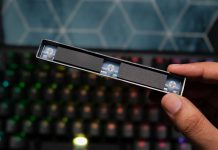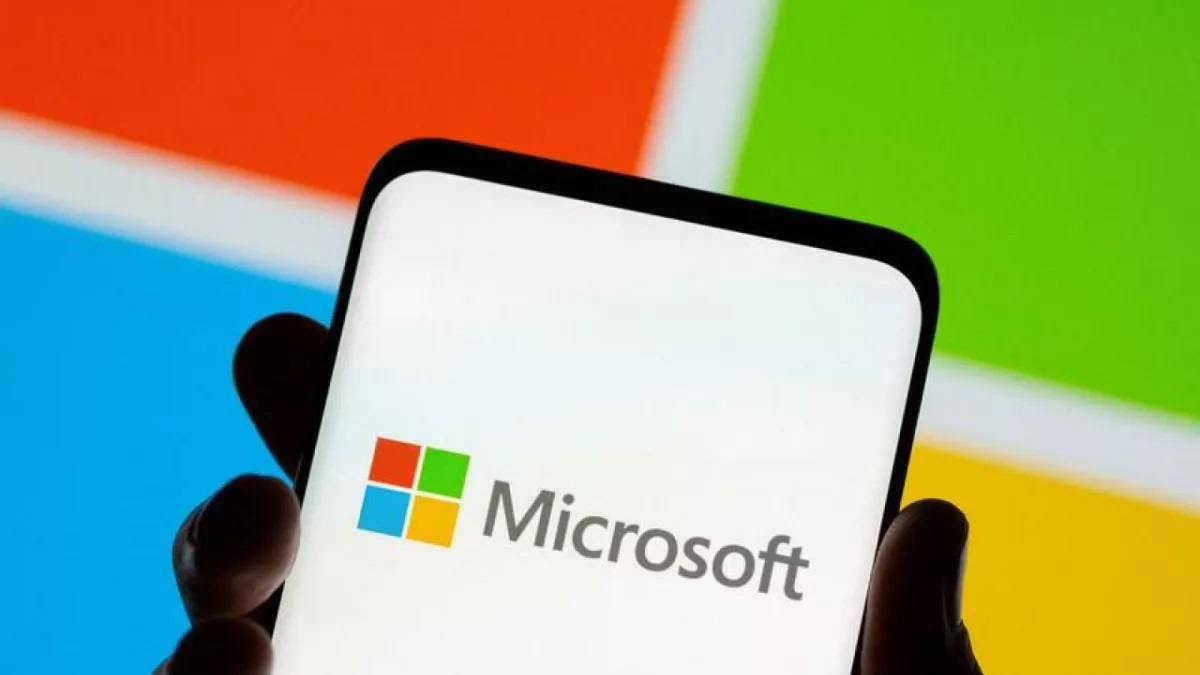- Apple’s high-priced Vision Pro headset will debut a more affordable version by late 2025 and a second-generation model by late 2026.
- To cut costs, Apple is seeking new suppliers for micro-OLED displays and adjusting chipsets for affordability.
- Despite manufacturing challenges, Apple focuses on VR and AR innovation, positioning its upcoming AR glasses as transformative amid industry complexities.
It’s widely acknowledged that Apple’s Vision Pro headset is the most advanced on the market, offering powerful specifications and an immersive experience unmatched by rivals. However, its $3,499 price tag has been a significant barrier for many consumers, impacting sales.
In response, Apple is planning to release cheaper Vision Pro and augmented reality (AR) glasses to make their technology more accessible and boost sales.
According to Bloomberg’s Apple specialist Mark Gurman, Apple plans to launch a more affordable Vision Pro in late 2025 at the earliest, followed by a second-generation mainstream Vision Pro around late 2026.
Additionally, Apple is working on a set of much-anticipated augmented reality (AR) glasses, though Gurman believes these are still several years away from release.
Apple expects to price the cheaper Vision Pro between $1500 and $2500, compared to the Vision Pro’s $3500. The cheaper headset will have a different chipset and omit the EyeSight feature, making it more affordable but also less advanced compared to the Vision Pro.
It will use an A-series chipset, possibly the A18 Pro or A19 Pro, instead of the M-series, and will not include the EyeSight feature. This feature is a foundational design goal of the Vision Pro but contributes significantly to its high cost.
Apple aims to lower costs by reducing the price of high-resolution micro-OLED displays, now being manufactured directly onto silicon wafers. Sony, Apple’s current supplier, can produce enough displays for 500,000 headsets this year, marking a shift towards mass production.
Apple is also considering additional suppliers like BOE and SeeYa Technology, though maintaining high yields and quality standards remains challenging. Balancing cost reduction with preserving the Vision Pro’s technological superiority is a significant challenge for Apple.
Strategies For Addressing Manufacturing Challenges
Perhaps focusing on optimizing production processes, sourcing more cost-effective materials, or refining the design to reduce manufacturing complexities could be potential strategies.
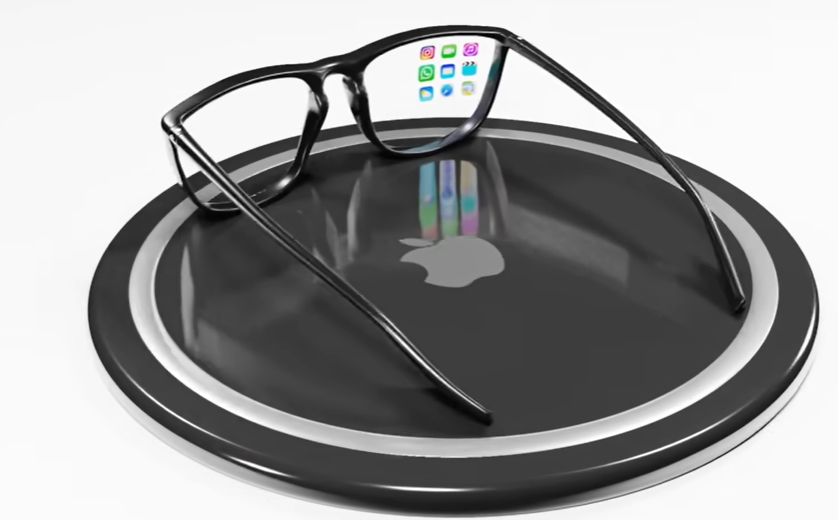
It seems like Apple is positioning its AR glasses as a transformative product, potentially surpassing even the iPhone in impact. Emphasizing a lightweight, user-centric experience reflects Apple’s philosophy of seamless technology that enhances user experiences.
This approach tackles VR headset challenges while reaffirming Apple’s commitment to innovation and user-centric design. If Apple succeeds in achieving this vision, it could revitalize interest in its VR products such as the Vision Pro, and establish a new benchmark for augmented reality technology, potentially influencing the broader tech market.
Navigating Challenges And Future Prospects
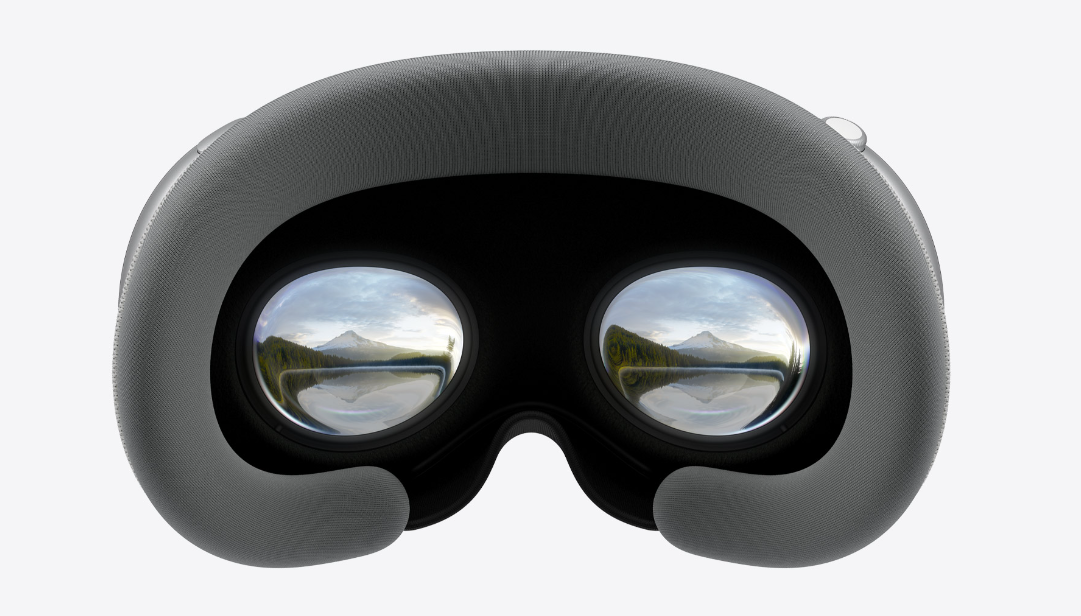
Apple is navigating significant challenges and strategic decisions concerning its Vision Pro headset and upcoming AR glasses. The investment in future technologies like AR glasses raises questions about Apple’s long-term commitment to a rapidly evolving industry.
Despite these challenges, Bloomberg’s Gurman suggests that Apple’s continued hiring and investment in the Vision Products Group indicate a determination to persevere. Apple aims to validate the feasibility of AR glasses over the coming years.
Apple is currently refining the Vision Pro, leveraging past successes like the iPhone and Apple Watch to enhance its features. Whether adjusting prices or prioritizing key features, Apple’s strategy aims to sustain interest and innovation in VR and AR. They are also preparing for the launch of AR glasses.
The future success of Apple’s VR and AR ambitions will depend on how effectively it navigates these challenges and opportunities in the coming years.
Thank you! Please share your positive feedback. 🔋
How could we improve this post? Please Help us. 😔
[Editor-in-Chief]
Sajjad Hussain is the Founder and Editor-in-Chief of Tech4Gamers.com. Apart from the Tech and Gaming scene, Sajjad is a Seasonal banker who has delivered multi-million dollar projects as an IT Project Manager and works as a freelancer to provide professional services to corporate giants and emerging startups in the IT space.
Majored in Computer Science
13+ years of Experience as a PC Hardware Reviewer.
8+ years of Experience as an IT Project Manager in the Corporate Sector.
Certified in Google IT Support Specialization.
Admin of PPG, the largest local Community of gamers with 130k+ members.
Sajjad is a passionate and knowledgeable individual with many skills and experience in the tech industry and the gaming community. He is committed to providing honest, in-depth product reviews and analysis and building and maintaining a strong gaming community.


